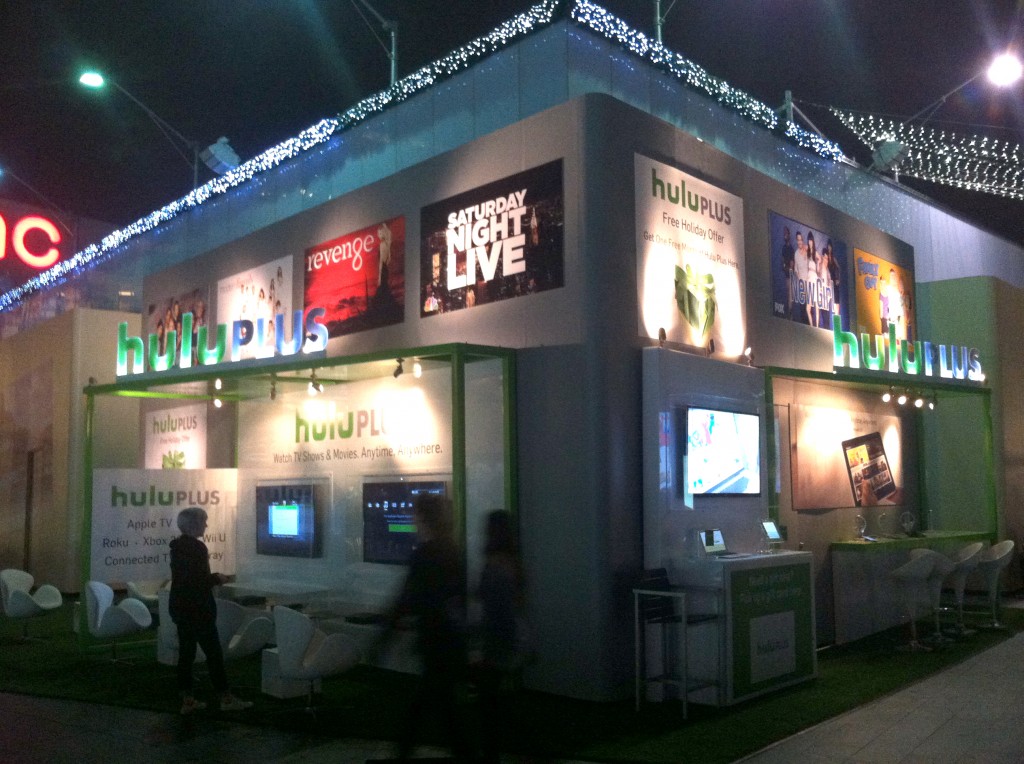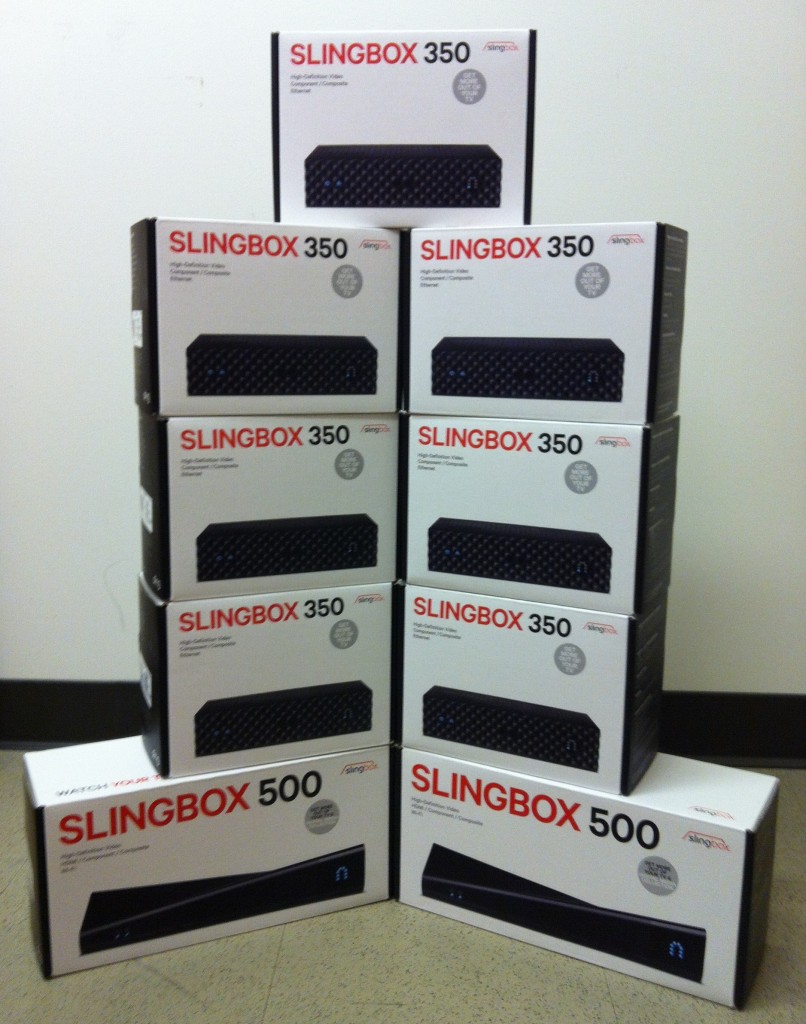For each Streaming Media East and West show we produce, I get a lot of calls and emails from vendors asking why they weren’t selected to speak or how they can improve their chances of being selected. While I appreciate so many companies wanting to speak and taking an interest in our show, I simply can’t fit everyone into the program. With that in mind, here is how I select which vendors speak, how the selection process works and what you can do to increase your chances of speaking. I know it’s a long post, but it explains the process in detail.
[If you want to submit a request to speak at the 2017 Streaming Media East show in NYC, the call for speakers is now open.]
I have over 100 speaking/presentation spots at each show and typically get more than 500 speaking requests. About 75% of all the speaking spots go to content owners, agencies, advertisers, and brands that deploy online video services. Since there are so few spots for vendors, I pick vendors who help bring their customers to speak at the show. They invite customers, introduce me to them and try to bring them to speak on a particular topic or subject.
If you are a vendor or submitting a speaking request on behalf of a vendor, you have to submit your speaking request with a customer. For now, all you have to do is fill out the speaking submission form and list a few potential customer (company) names. I don’t need individual speaker names, unless you have them, and you don’t have to confirm that any of the companies are available yet, just offer some suggestions. Make an effort to send me something customized, to our show. Make it focused, skip all the marketing language. Get right down to the mear of the topic. And if you still aren’t sure what to submit, call me up and run ideas past me.
Once I have that I will cross check it against companies who have already asked to speak or are confirmed speakers and will look to see what sessions these companies may fit into. Once I figure that out, we’ll try to confirm one of them and it they agree to speak, then your company gets a speaking spot as well, usually on a different session than the customer is on.
I open up the call for speakers about 6 months before a show and I leave it open for about 7 weeks. If you don’t get your speaking request in during that time, how do you expect me to know that you want to speak? I am often told by some that they are the leading company in the market for a particular service and as a result, I should automatically be reaching out to them to ask them to speak. There are over 1,000 vendors in the space, I can’t possibly reach out to all of them, so if you want to speak, you have to let me know. I am always willing to talk about what you want to do at the show, hear your ideas and find out how you can get involved. But I can’t do that if you don’t send in a submission at all, let alone on time.
Some companies tell me that they put in a request to speak with our sales or editorial departments, but they aren’t involved in the speaking selection process, so that’s not a speaking request. Also, many vendors use third-party companies to manage their speaking engagements and while I work very closely with many of those firms, some don’t follow through and the vendor finds out after the deadline that no submission was sent in. So if you use an outside firm, please stay on top of them and make sure they sent in a speaking request on time. Some of those firms do a really good job, and I work very closely with them, year after year. But many more of them never follow up after an initial email to me. I never hear from them again.
I often get asked if a company can pay to secure a speaking spot. We don’t sell speaking spots with the East and West shows and companies can’t buy their way in via sponsorship. I know that’s not how other shows do it, but it’s also one of the reasons the StreamingMedia.com shows have been around for 19 years. Think of all of the other online video related shows that have come and gone over the past ten years because they gave all the speaking spots to the sponsors and never focused on creating value to attendees.
Now some are going to ask, why do I do it this way? Why not allow vendors to pay to be able to speak and don’t we risk vendors not doing business with us because we don’t let them speak when they are exhibiting or sponsoring? We do it this way because this is what the attendees want, it’s what makes for a good show and for the vendors who get it, it’s more valuable for them to have a customer speaking instead of themselves. Could we make more money by allowing vendors to pay to speak? Probably. But that does us no good and our attendees no good. You don’t build a quality conference by choosing your speakers based on who pays you. Like you, I have been to many industry shows where they allow this and you all know how bad many of those speakers are and the lack of value it provides to attendees. No one wants a sales pitch as a presentation.
There are many vendors who follow the rules, get their submissions in on time and work with me closely to ensure that the attendees are getting quality information. That is all I care about, producing a show that has value not only to the industry but to the attendees who are paying their money to come. To the vendors and third-party speaking firms that work with me, thank you. I appreciate your help and your professionalism and I hope that all vendors will follow your lead.
The biggest thing to take away from this post is that unlike a lot of other conference organizers who only do email, I am available 24 hours a day, 7 days a week, at 917-523-4562. I answer and return all calls, usually the same day. So if you have any questions about your submission, the selection process, or want to run an idea by me before you submit, I am reachable and I prefer talking to people about their ideas as opposed to trying to do everything via email. My job, as I see it, is to build relationships with people and companies, and that gets done much better on the phone than in email. So if you have a question, please, pick up the phone and call me, I’ll be glad to speak to you.
 I don’t know if Hulu has more of these, but in Century City California, Hulu has taken over part of the retail space of a restaurant that’s been boarded up and has opened a pop-up store. You can get hands-on with Hulu’s streaming service and check out how it works on multiple devices. Not sure if this going to be a permanent mini-store or was setup just for the holidays, but it’s a great idea for letting consumers test out Hulu’s service. Click on the image to see a higher-res copy of the photo.
I don’t know if Hulu has more of these, but in Century City California, Hulu has taken over part of the retail space of a restaurant that’s been boarded up and has opened a pop-up store. You can get hands-on with Hulu’s streaming service and check out how it works on multiple devices. Not sure if this going to be a permanent mini-store or was setup just for the holidays, but it’s a great idea for letting consumers test out Hulu’s service. Click on the image to see a higher-res copy of the photo.


